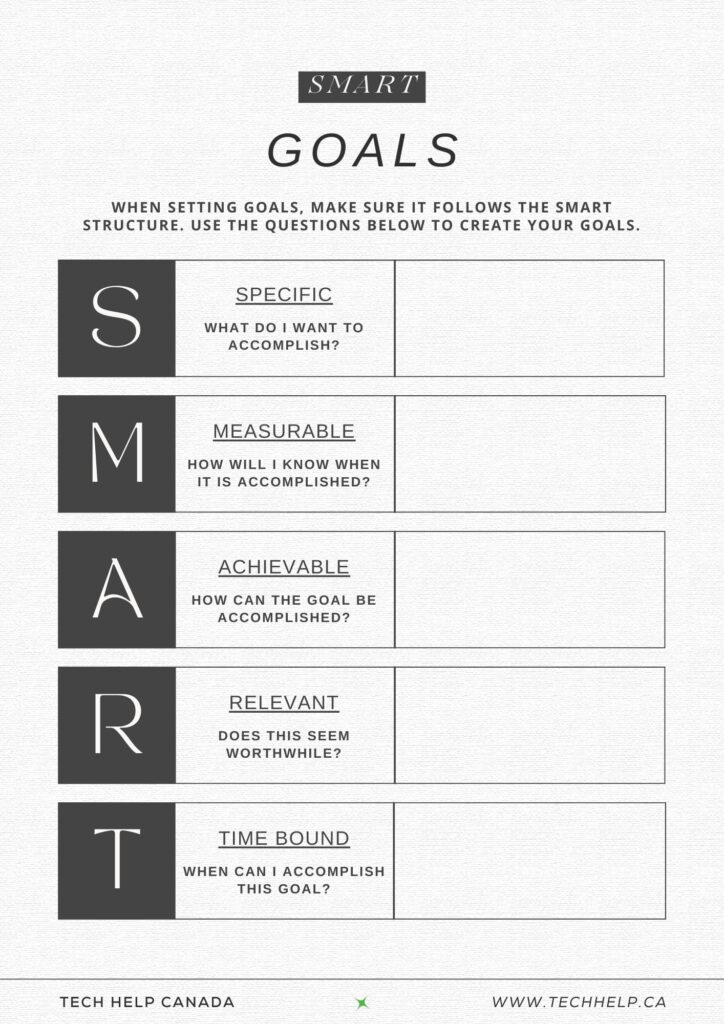Taking charge of your professional growth is critical. A career development plan (or professional development plan) is a document that outlines the steps needed to advance in your career and reach desired objectives.
Traditionally, career development plans have been instruments used by Human Resources or People Operations teams to aid employees in identifying and pursuing advancement within their organization. But anyone can apply it to have a clearer vision of career objectives.
An extensive US study by The National Career Development Association (NCDA) and The Harris Poll provides several insights relevant to the effectiveness of career development plans.
Key findings were:
- 57% of adults sought outside help when planning their careers.
- Career planning assistance is perceived to be more helpful than job postings, with 68% viewing it as very or extremely helpful.
- 25% of adults want to use a career counselor or specialist in the future.
- 85% of Americans believe career professionals provide valuable assistance.
- 58% wish they sought services from career services professionals.
- 84% of those impacted by the pandemic said talking with a career services professional would have been at least somewhat valuable. 15% believe it would have been “absolutely essential.”
- 74% of those who accessed private career specialists found them valuable.
The study illustrates the value that a career development plan can offer individuals.
How To Create a Career Development Plan
This guide will take you through creating a plan that aligns with your career aspirations and strengths. Plus, you can download a career development plan template to get started.
1. Self-Assessment
Developing your career will involve gaining new skills or expanding knowledge and making strategic career moves. As such, an effective career development plan begins with a thorough self-assessment. That means evaluating your strengths, weaknesses, interests, and values.
You can use self-assessment tools, colleague feedback, or personal reflection. Self-awareness is the foundation for setting relevant and meaningful career goals.
2. Identify Your Current Position
Now evaluate where you currently stand in your professional journey. Consider your existing role, the array of skills you’ve acquired, and your current level of proficiency in those skills.
3. Define Your Career Aspirations
Envision your ideal professional future. Consider the roles that pique your interest or those you’d feel excited to work towards.
Defining your career aspirations also involves determining what success means to you. Is it professional recognition? Getting into a leadership role? Attaining a certain skill level?
4. Set Your Career Goals
A critical part of career development is setting milestones that align with your long-term career aspirations. You can use SMART to ensure each goal is Specific, Measurable, Achievable, Relevant, and Time-bound.

For example, a short-term goal could be learning a software program within six months. A long-term goal might involve attaining a managerial role in five years.
5. Identify Skill Gaps
Analyze the skills required to achieve each goal and compare them with your current ones to identify gaps. This is an essential step because it guides your learning and development.
It will highlight the areas you must work on to achieve your career objectives.
6. Plan for Skill Development
How will you acquire the necessary skills to bridge identified gaps? Write them down in detail.
This step turns your career development plan into a concrete action plan. For instance, you may have to sign up for online courses, attend professional workshops, seek mentoring, or request specific on-the-job training.
7. Set a Timeline
Goals without timelines can become endless pursuits. So set a realistic timeline for each of your career goals. This gives you a deadline to work towards and helps to manage your time and resources efficiently.
8. Identify Possible Obstacles and Solutions
The path to career advancement is often fraught with challenges. Anticipating them and brainstorming solutions or alternatives will prepare you to deal with potential roadblocks.
For example, time constraints can make learning new skills very challenging. In such an instance, you can hire other professionals to handle some things and free up time.
A proactive approach keeps your development plan on track.
9. Implement Your Career Development Plan
Put your career development plan into action. Stay dedicated, consistent, and patient, as significant growth takes time.
10. Monitor Progress
It’s essential to assess your progress toward career goals regularly. So be flexible and adapt your plan as objectives evolve or if unexpected opportunities arise.
If you’re falling behind, consider what adjustments you need to make. This could involve revisiting your skill development plan, shifting timelines, or even reevaluating career goals.
Your career development plan should be a living document, regularly updated to reflect growth and shifts in career aspirations.
Start With This Career Development Plan Template
Now for a template that you can use to develop your career development plan. Key sections in the template include:
- Your summary statement
- Short-term and long-term goals
- Current skills or capabilities
- Skills to develop
- Resources
- Other actionable items
Creating a goal-oriented career development plan is an empowering process. It lets you take control of your career and steer it toward fulfilling opportunities — instead of waiting for them to come your way.

I’m a freelance copywriter and SEO specialist. I aim to empower individuals and businesses with impactful marketing solutions and insights. In my downtime, I recharge by embracing the beauty of nature or cherishing moments with my loved ones. If you found value in this post, please consider sharing it.
Want a heads-up once a week whenever a new article drops?







